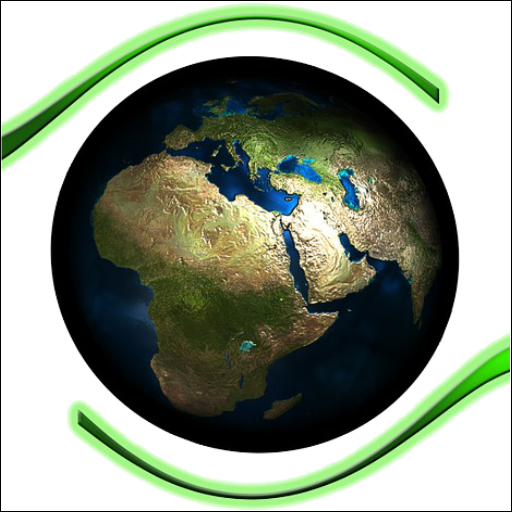At present there is an exhibition looking at the history of graphene – a substance that is invisible to the human eye, but has some remarkable qualities.
At the Museum of Science and Industry in Manchester there is a new exhibition entitled ‘ Wonder Materials: Graphene and Beyond’. As Manchester is the European City of Science this year, an exhibition such as this is particularly appropriate. Graphene itself was actually discovered in the city giving even more meaning to the exhibition.
Although graphene is made from a single layer of carbon atoms, it is distinguishable from the other carbons, such as diamond and graphite, because it is bound in a honeycomb lattice form. The implications of this are interesting. This particular arrangement has made it the first 2D material – thinner than paper, and stronger than steel. It is highly conductive, light and invisible.
What are its potential uses?
- It is impermeable to most substances, but not water, making it potentially useful in desalination plants,
- Batteries that never die,
- Clothes that are actually healthy, and
- Backpacks that allow us to fly.
There are high expectations of graphene. Considering how much potential it seems to have, it was discovered completely by accident. Russian scientists discovered it in 2004, when they were literally ‘messing around’ with experiments. In 2010 they received the Nobel Prize for their discovery. In the 12 years since the discovery the public is becoming more and more curious. One of the discoverers, Andre Geim, believes there are probably many other things, like graphene that we just haven’t found yet.
The discovery has led to the development of a new scientific field of discovery in 2D materials.
One difficulty for an exhibition about something like this is its invisible nature – so how can people ‘see’ it. The curators have used a mixture of science and the visual arts to depict this discovery.
In order to exhibit graphene the organisers have used an historical approach. The first thing visitors see is an introduction to the history of graphite and then they are moved on to see the latest type of graphite – graphene. There are plenty of opportunities for the observer to see just how close it has been to us, yet, invisible.
Towards the end of the exhibition the feeling is of being in a totally white lab. There are images depicting recent research about graphene, and some of the mining areas. There is also a note to address the importance of the international collaboration that has been happening.
The curators have also created small lockers and when opened they show some of the researchers and their work with graphene. There are art installations, poetry, and much more.
Sponsors of the exhibition, Haydale, are trying to use the exhibition to show how we can get graphene into our real lives.
Brexit led to some fears around scientific research but the company doesn’t expect it to impact graphene, as their trade is international. The exhibition will be seen all over the world, and although they are excited about the potential of graphene, they also want to make it clear that these things all take time, and will not happen overnight.
